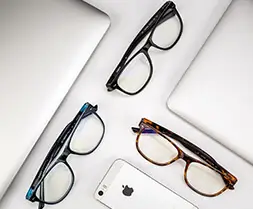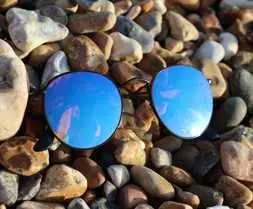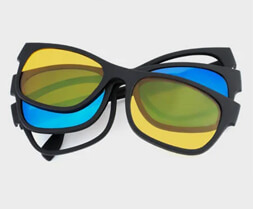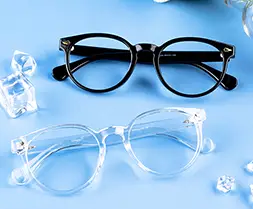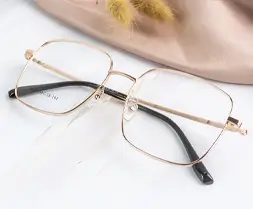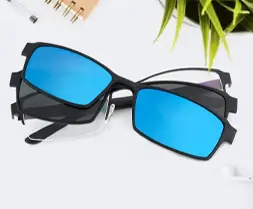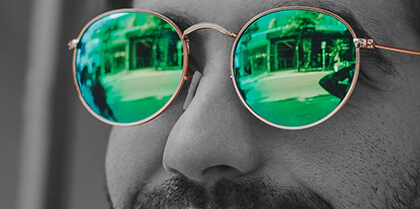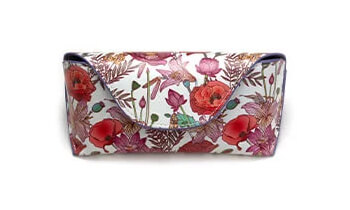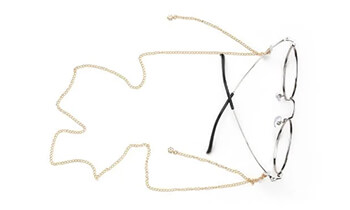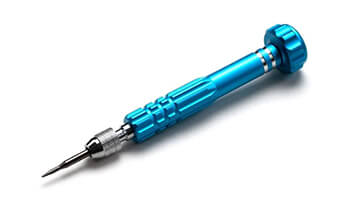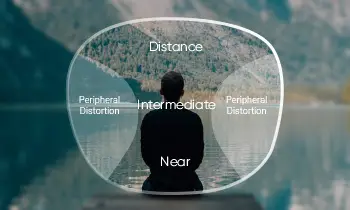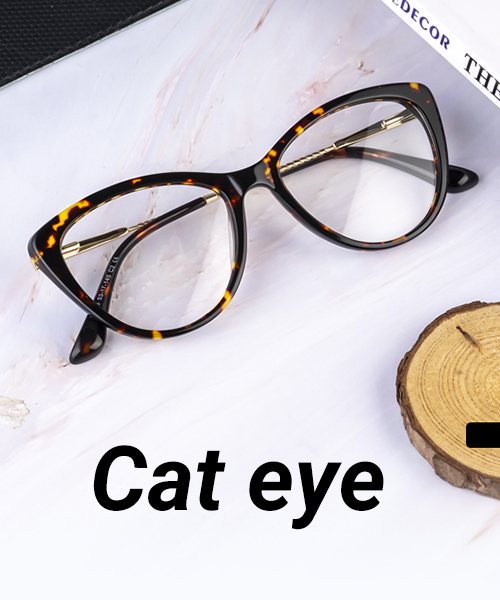Most of the prescription lenses we can see on the market now are resin lenses, but in the early days of resin lenses, most of the lenses on the market were still glass lenses or even crystal lenses. Due to the imperfection of the coating technology of the first generation of resin lenses, they were not wear-resistant and easily stained, which made the older generation of eyeglass wearers turn their noses up at resin lenses. In addition, many manufacturers and retailers had a backlog of glass lenses to sell, so they exaggerated the shortcomings of resin lenses during that time.
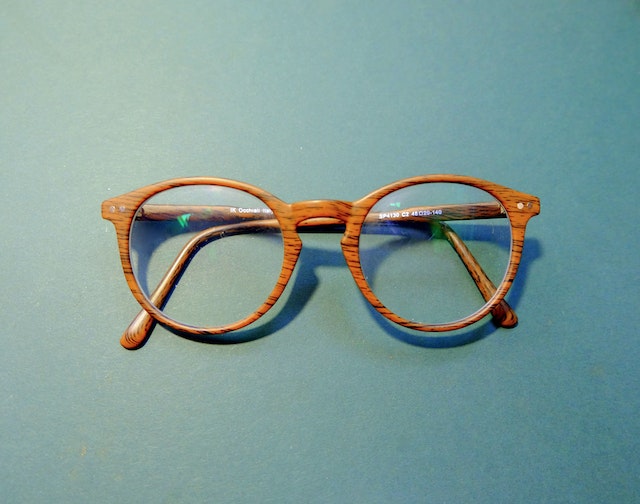
Glass lenses do have the advantage of being wear-resistant and having a high refractive index. However, its weight and fragility led to its replacement with resin lenses. With the advancement of technology, the coating technology developed by the eyeglass lens manufacturing industry had solved many of the problems that the resin lenses had when they were first invented. This article gives you a brief introduction to the coating of spectacle lenses so that you can have a more objective understanding of the coating of the lenses you wear and their development history.
Different coatings on the lenses
There are three main types of coatings on normal glasses lenses: anti-scratch coating, anti-reflective coating, and anti-fouling coating, each with a different principle. We generally know that both resin and glass lenses are colorless, and the light reflective color we see on ordinary glasses lenses results from these layers.
Anti-scratch coating
Compared with glass lenses (the main component of glass is silica, an inorganic material), the surface of eyeglass lenses made of organic materials is prone to wear. Through microscopic observation, two types of scratches can be observed on the surface of eyeglass lenses, one of which is made of small gravel. However, the scratches are shallow and small, and the wearer is not easily affected. However, when these scratches accumulate to a certain level, the incident light scattering caused by the scratches will affect the wearer's vision very much. Significant scratches are also caused by large gravel or other complex objects, deep and rough around the periphery. If the scratches are in the center of the lens, they can affect the wearer's vision. This is the reason the anti-scratch coating was created.
The anti-scratch coating has also gone through several generations of development. Initially, it originated in the 1970s, when it was thought glass was wear-resistant because of its high hardness. To make resin lenses equally wear-resistant, a layer of quartz material was plated on the surface of organic lenses using the vacuum plating method. However, due to the different thermal expansion coefficients of the two materials, the coating was easily peeled off and brittle, and the wear resistance was not good. Therefore, a new generation of technology emerged every ten years afterward, and now the wear-resistant coating is a hybrid film layer of organic matrix and inorganic particles. The former improves the toughness of the wear-resistant film, while the latter increases the hardness, and the suitable combination of the two achieves a good wear-resistance effect.
Anti-reflective coating
The lenses we wear, like mirrors, reflect the light incident on the surface of the eyeglass lenses. In certain situations, the lens's reflection can affect the wearer and the person looking at the wearer. In critical cases, this phenomenon can also lead to significant safety accidents. Therefore, to avoid this phenomenon, the anti-reflection coating has been developed.
Anti-reflective coating is based on the fluctuation and interference of light. In simple terms, the reflective film is coated on the surface of the eyeglass lens so that the reflected light generated on the front and back covers of the film layer interferes with each other, thus canceling the reflected light and achieving the effect of reflective reduction.
Anti-fouling coating
When the anti-reflective coating is applied to the lens surface, it is straightforward to leave stains. Unfortunately, this can significantly reduce the "anti-reflective power" of the lens and its ability to see objects. The reason for this is the microporous structure of the anti-reflective coating, which makes it easy to leave small dirt and oil on the surface of the lenses. The solution to this phenomenon is to coat the top layer of the anti-reflective film with a top layer, which should be very thin not to reduce the anti-reflective coating's ability.
Qualified lenses should all have composite coatings formed by these three film layers. To enhance the lens's anti-reflective ability, multiple layers of the anti-reflective coatings should be superimposed. Generally speaking, the wear-resistant layer is 3~5um thickest, the multi-layer anti-reflective film is about 0.3~0.5um, and the anti-fouling film is 0.005um~0.01um thinnest. The order of the coating from inside to outside is, the anti-scratch coating, the multi-layer anti-reflective coating, and the anti-fouling coating.



